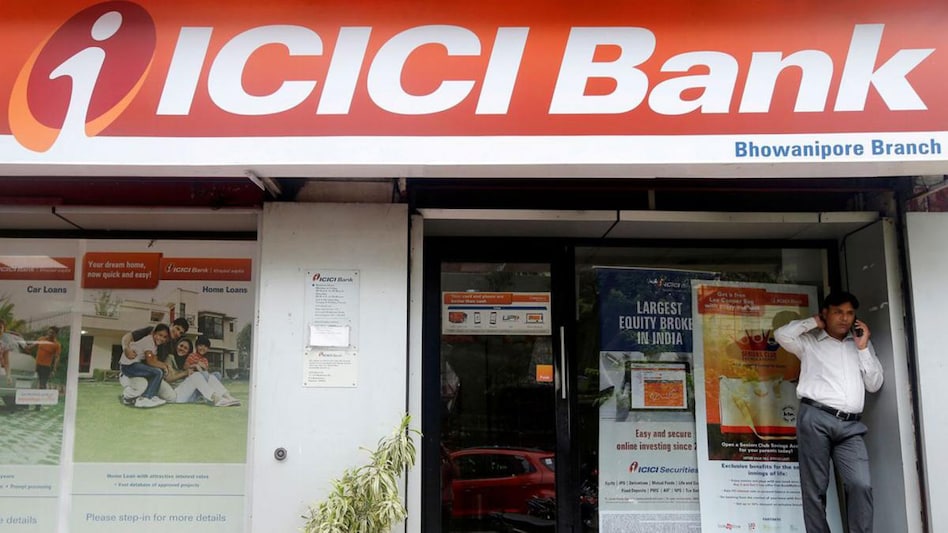Three banks, ICICI Bank, Punjab National Bank (PNB) and Bank of India, raised the marginal cost of funds-based lending rate (MCLR) two days before the Reserve Bank of India’s (RBI) unscheduled monetary policy meeting. The rate hike will take effect on November 1, 2022.
ICICI Bank increased the MCLR by 20 bps (100 bps = 1%) across all tenures. Two other public sector banks – Punjab National Bank and Bank of India – raised the MCLR by 20 basis points and up to 15 basis points respectively during the MCLR term.
ICICI Bank has raised the MCLR by 20 basis points. MCLR rises in all terms. The one-year MCLR has now risen to 8.3% from 8.1% previously. Likewise, the six-month MCLR was 8.25% compared to 8.05% the previous month.
Public sector bank PNB also increased the MCLR by 30 basis points for all terms. With the hike, the one-year MCLR rose to 8.05% from 7.75%, while the six-month MCLR rose to 7.75% from 7.45%.
Another public sector bank, Bank of India, hiked MCLR rates. PSU Bank has raised the rate on the one-year MCLR by 15 basis points and by 10 basis points for the remainder of the term.
After the rate hike, the RBI’s one-year MCLR rose to 7.95% from 7.8% previously, while the six-month MCLR rose to 7.65% from 7.55% the previous month.
MCLR is the lowest interest rate a bank can lend to a customer. The Reserve Bank of India (RBI) introduced MCLR in 2016 to determine interest rates on various loans. This is the bank’s internal reference rate for lending at a competitive and transparent rate. Until September 30, 2019, banks have been issuing MCLR-related home loans. From October 1, 2019, RBI has required banks to link home loan rates to external benchmark lending rates (repo rates, treasury bills, etc.). Therefore, if you took out a home loan before September 30, 2019, and did not switch to an external benchmark lending rate, your home loan is likely still tied to the MCLR regime.
Typically, MCLR-linked home loans have a term of six months or one year. Any changes to the MCLR will have an impact on your home loan interest rate. If MCLR goes up, so does your home loan EMI. However, the burden of the MCLR hike will be felt when the reset date for home loans comes.
On the reset date, banks usually calculate future home loan EMIs based on the prevailing MCLR rate. Please note that future EMIs (until the next reset date) are calculated based on the effective interest rate (MCLR rate plus effective margin), loan amount outstanding and the loan term remaining on the reset date.
It is important to understand that banks add a markup or spread on or above the MCLR to arrive at the interest rate charged on your home loan. Markups/spreads are added based on your CIBIL score, borrower profile (salaried or self-employed), etc.






